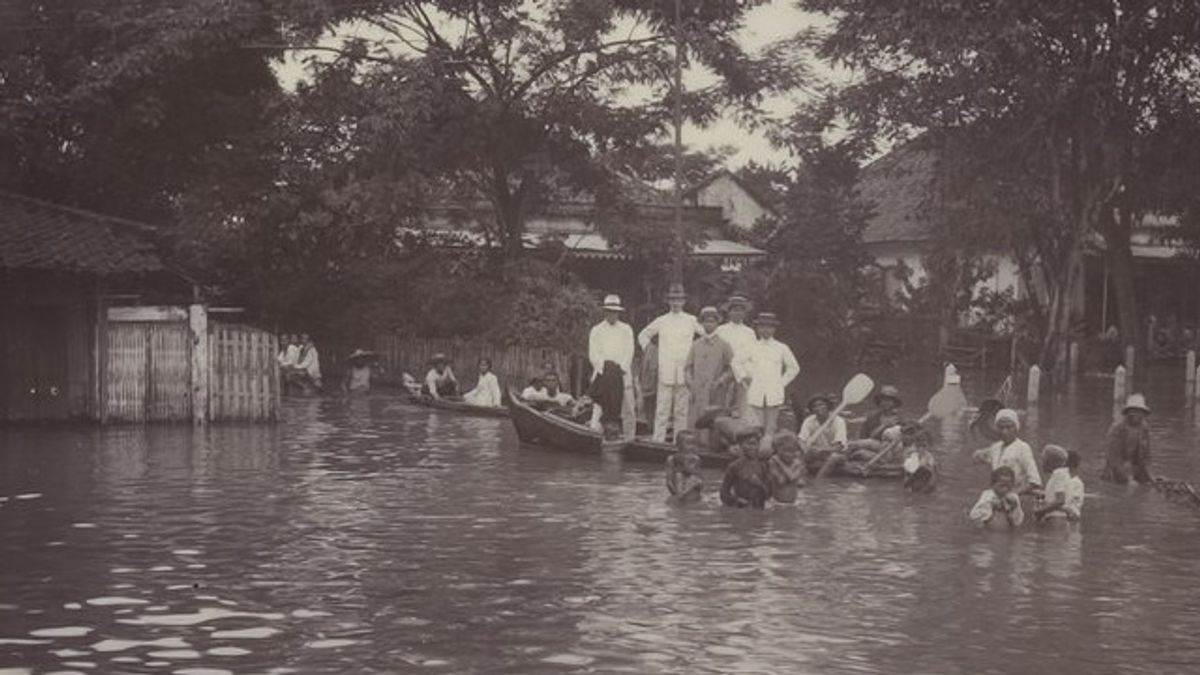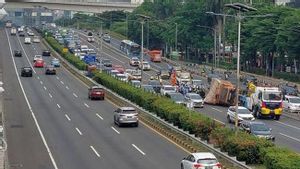JAKARTA History today, 105 years ago, January 13, 1918, a large flood hit Batavia City (now: Jakarta). The Ciliwung River, which was unable to accommodate the water discharge, is behind it. The entire village in Batavia was flooded. In fact, several roads in Batavia can be seen like rivers because puddles of water rose.
Previously, Batavia was known as a city that often flooded. This condition got worse with the behavior of Batavian residents who were ignorant of the environment. Instead of protecting the environment, they destroyed it.
Recently, the option of the Dutch trading airline, the VOC chose Jayakarta as the center of government, which was considered a bad decision. The Governor General of the VOC, Jan Pieterszoon Coen, was touted as the culprit. The city, which later became known as Batavia, actually had many problems. Floods, one of them.
This condition made the owner of the power to move to create canals to unravel flooding. The canal studies are temporarily quite satisfying. Floods rarely hit Batavia. The new disaster arises when land clearing and factory construction are getting more massive.
Mainly, at a time when the VOC center of power was replaced by the colonial government of the Dutch East Indies. Floods are a frightening scourge that must be faced by the people of Batavia. The government is trying to rack their brains in dealing with flooding. However, classic problems resurfaced.
The VOC government, then the Dutch East Indies, both pretended to be grocery workers. Funds spent on tackling floods were never completed. Alias in a patchy manner. Therefore, it was Batavian residents who became victims.
One of Batavia's first plans was made by a VOC employee named Floris van Berkenroode. This man is indeed a descendant of the mapmaker's family: his father and grandfather also have the same job. In 1627, Van Berkenroode created a map showing that Batavia City was developed to the south following the turn of the Ciliwung River to the east.
At the southern end of the city there is a gate with a bridge nearby to a road called Herenweg. The road later became Jakatraweg and is now known as Jalan Pangeran Jayakarta. At that time, this road was piled up to be higher than the surrounding area because in the rainy season the area was already prone to flooding since 1627," said Frieda Amran in the book Batavia: Woodes Rogers & Dr. Strehler (2012).
The memory of the Batavian residents related to the flood was quite a lot. However, the most memorable flood was large-scale flooding. A large flood on January 13, 1918, for example. Heavy rains that overnight rained Batavia made all Batavian residents aware of flooding.
Slowly the water began to inundate several streets in Batavia. This condition makes the road look no different from the river. Especially when the water in the Ciliwung River overflowed. The residents of Batavia were alert. They finally chose to evacuate before a bad incident came.
On January 13, 1918, due to heavy rains, starting at 17.00 the water overflowed from the Ciliwung River, flooding the surrounding villages. Seeing the flood conditions, the Sin Po Daily Office received a call that the flood had arrived and asked Sin Po to conduct an inspection of the villages.
The news is true. Until 20.30 the water rose and an hour later the water had risen 50 centimeters. As a result, the road along Noordwijk (now: Djuanda Street), Rijswijk (now: Medan Merdeka area), and Pecenongan Alley has been invisible and turned into a river. Shops on the left and left of the road have also begun to be submerged, including the Pasar Baru road, Tanah Lapangan Singa (now: Lapangan Banteng) which are all on the edge of the Ciliwung River," said Restu Gunawan in his bookGagal Kanal System (2010).
The English, Chinese, Japanese, Arabic, and French versions are automatically generated by the AI. So there may still be inaccuracies in translating, please always see Indonesian as our main language. (system supported by DigitalSiber.id)









